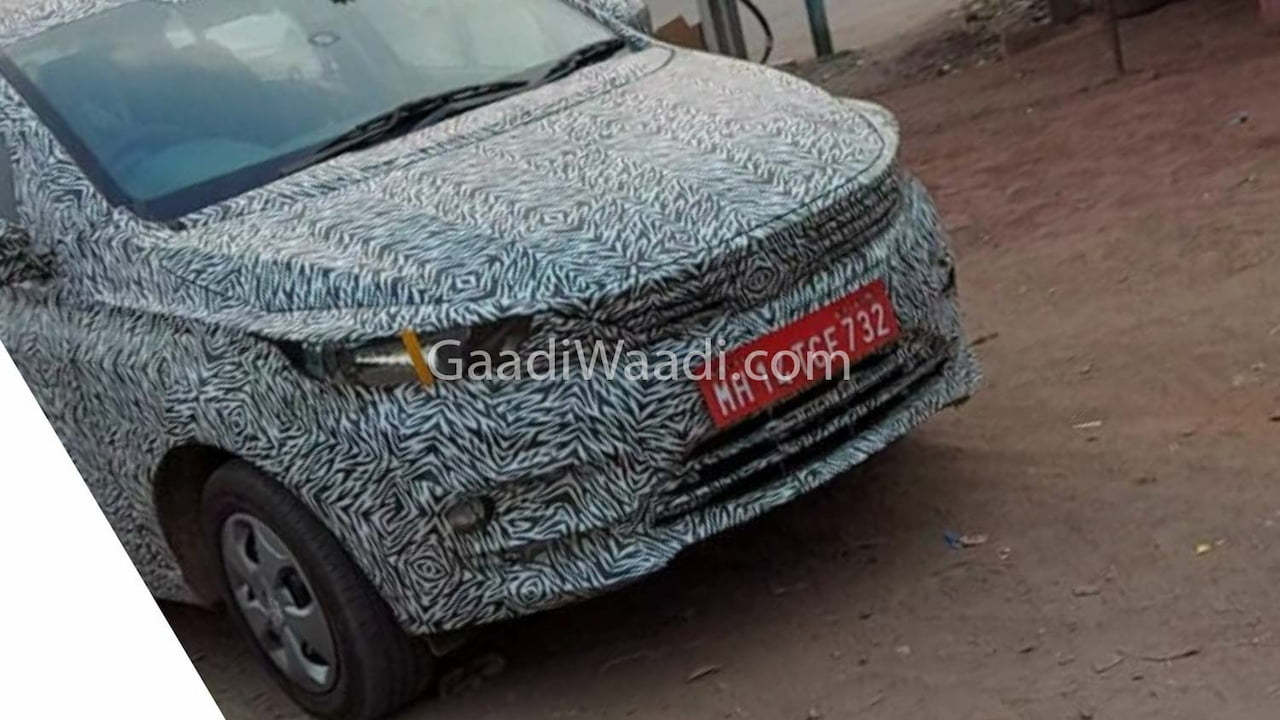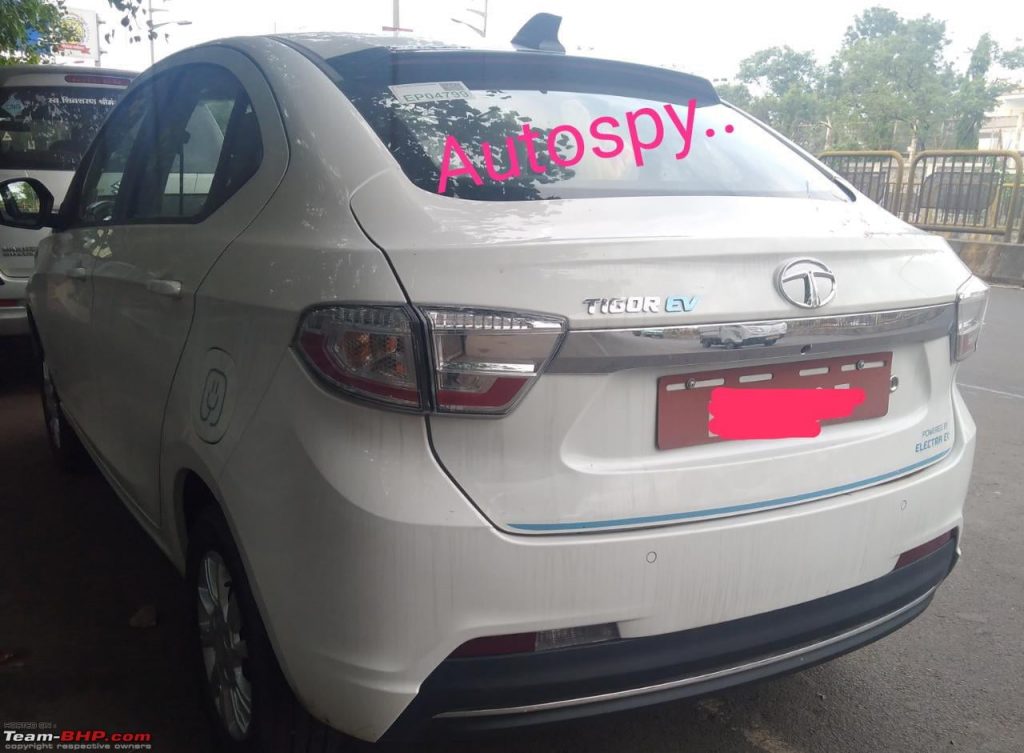While waiting for the fleet segment to recover from the COVID-19 pandemic-led slump, Tata Motors is continuing to test 2021 Tata Tigor EV (facelift). Recently, one test prototype was caught on the roadside, courtesy gaadiwaadi.com.
Speaking to carandbike.com towards the end of last year, Shailesh Chandra, President, Tata Motors PVBU, (Passenger Vehicle Business Unit), indicated that the COVID-19 pandemic has reversed the scenario for electric cars in India.
Before the pandemic, the demand for EVs was dependent on the fleet segment. Now, with people switching from shared to personal mobility due to health concerns, the fleet segment is in a slowdown. The number of commuters is down temporarily because more people choose work-from-home to remain safe.
In post COVID era, fleet segment has seen a significant de-growth, albeit temporarily, on account work-from-home measures adopted by corporates. With personal mobility gaining traction over shared mobility for personal well-being and safety concerns we are also witnessing a shift in mind-set towards after cleaner environment.
Shailesh Chandra, President of Tata Motors PVBU.
2021 Tata Tigor EV
The changes to the front align it with the second phase of the IMPACT design introduced on the Harrier and Altroz that lends a sense of extra length and width to the Tigor’s snout. The design ethos with the 3 ‘Ex’s and the 3 ’In’s which stand for “exciting proportions, expressive surfaces and extraordinary details,” and the 3 In’s which denote the interior’s “inviting spaces, intelligent choices and in-touch surfaces” will be in action on the mid-life refresh of the ‘Sportback’ model.
Pieces that have changed are the raked honeycomb mesh grille, free of chrome, flanked by sleek projector headlamps with the indicators placed vertically on the inside edges. The front bumper is cut differently and the fog lamps have their dedicated housing (currently placed on the edges of the lower intake) complete with the lower grille bars flowing into the enclosures and the contours extending below them. The electric variant will retain touches that imply its Eco-credentials such as the ‘EV’ badge on the grille corner and boot as well as decals on the front doors.
Initially, the Tata Tigor EV drew power from a small 16.2 kWh battery pack that powered a 72 V 3-phase AC induction motor that made just 30 kW (40.2 hp) at 4500 rpm and 105 Nm of torque, sourced from Electra EV. The company claimed a range of 142 km on a charge, but EESL employees that traveled in the car had complained of short range in the early version that reportedly fell well below 85 km for a charge in everyday usage.

Tata Motors was in some kind of denial back then, but in October 2019 switched to the larger battery pack – a 21.5 kWh spec that addressed the issue with an improved range of 213 km (MIDC cycle) while retaining the motor and electronics. Since then, the company has been offering it to personal segment customers as well. The new Tata Tigor EV can be charged to 80% through a standard power socket in about 11.5 hours, with a 15 kW charger taking 2 hours. Prices currently range from INR 9.58 lakh to 9.90 lakh (ex-showroom Delhi, including DPCC and FAME incentives).
The 2021 Tata Tigor EV should be priced from under INR 10 lakh (ex-showroom Delhi, including DPCC and FAME incentives). Look forward to a launch announcement this quarter.
Tata Motors is not considering the more advanced Ziptron powertrain for the Tigor EV though. Powering the Nexon is the 129 PS permanent-magnet AC motor powered by a 30.2 kWh lithium-ion IP67-rated battery pack. The motor develops 245 Nm giving the sub-4m SUV a 0-100 kmph sprint time of 9.9 seconds. Ziptron comes with a warranty of 8 years or 1,60,000 km, superior to the 3 years or 1,25,000 km of the Electra version, and much faster charging time.



![Will the launch of the Tata HBX EV get pushed to 2023? [Update]](https://electricvehicleweb.com/wp-content/uploads/2020/12/Tata-HBX-H2X-Hornbill-interior-dashboard-spy-shot-350x166.jpg)
![Everything we know about the upcoming Tata Altroz EV [Update]](https://electricvehicleweb.com/wp-content/uploads/2020/02/Tata-Altroz-EV-side-view-1-Auto-Expo-2020-350x234.jpeg)
![New Tata Safari a serious candidate for an electric vehicle [Update]](https://electricvehicleweb.com/wp-content/uploads/2021/02/Tata-Safari-EV-350x242.jpg)